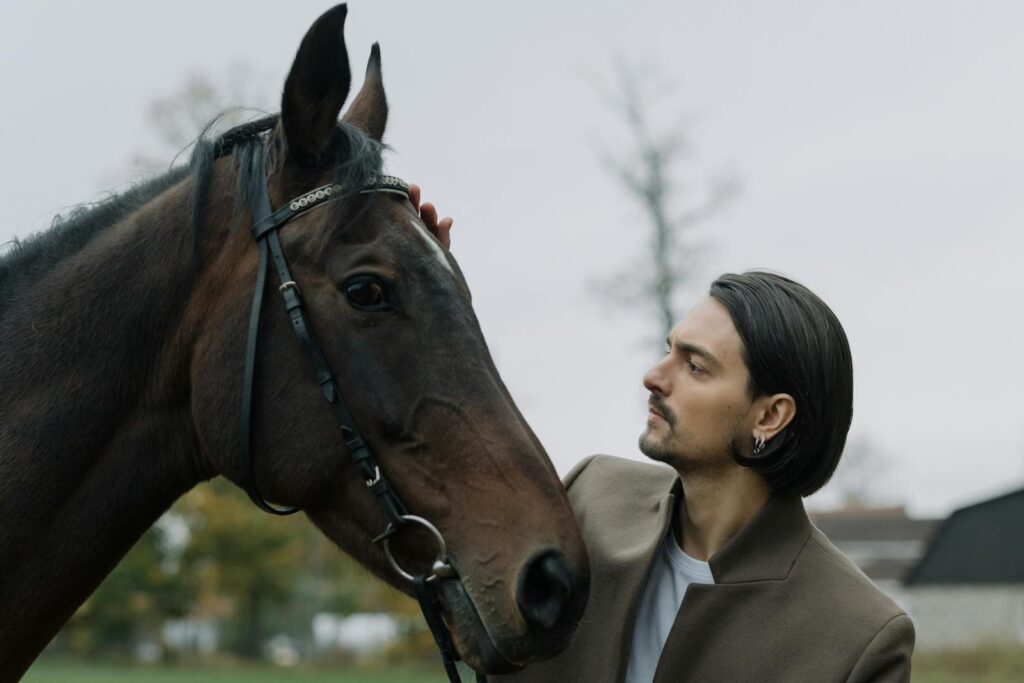The art of horsemanship goes far beyond riding techniques and verbal commands. Skilled equestrians know that horses communicate constantly through subtle body language—especially through their eyes, ears, and breathing patterns. Learning to read these signals can transform your training approach, fostering a deeper connection built on mutual understanding rather than control. Like learning a new language, interpreting equine communication takes time and practice, but the rewards—a more responsive, trusting, and willing partner—are invaluable. This guide will help you decode the silent conversations your horse shares in every interaction, so you can respond thoughtfully and build a more harmonious relationship.
The Window to the Soul: Understanding Eye Expressions
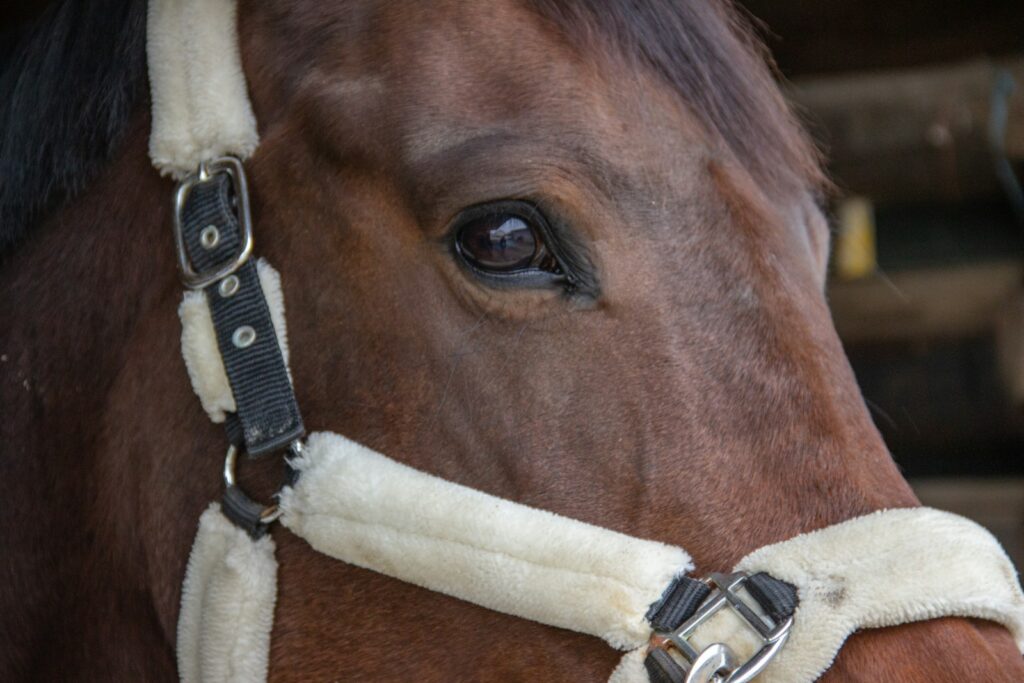
A horse’s eyes offer immediate insight into their emotional state and often telegraph their intentions before the rest of the body responds. Soft, relaxed eyes with slow, gentle blinking suggest a calm, receptive horse ready to engage in training. In contrast, wide, anxious eyes that expose excessive white (the sclera) indicate fear or stress—signaling that it may be time to slow down or adjust your approach. Pupil size is also telling: dilated pupils under normal lighting typically reflect heightened stress or fear. Another red flag is the “whale eye,” when a horse shows the whites prominently while glancing sideways with their head still. This often signals discomfort, defensiveness, or a potential flight response. By making it a habit to observe your horse’s eyes before, during, and after training, you gain valuable insight into their mindset and readiness to learn.
Reading Ear Positions: Your Horse’s Emotional Barometer
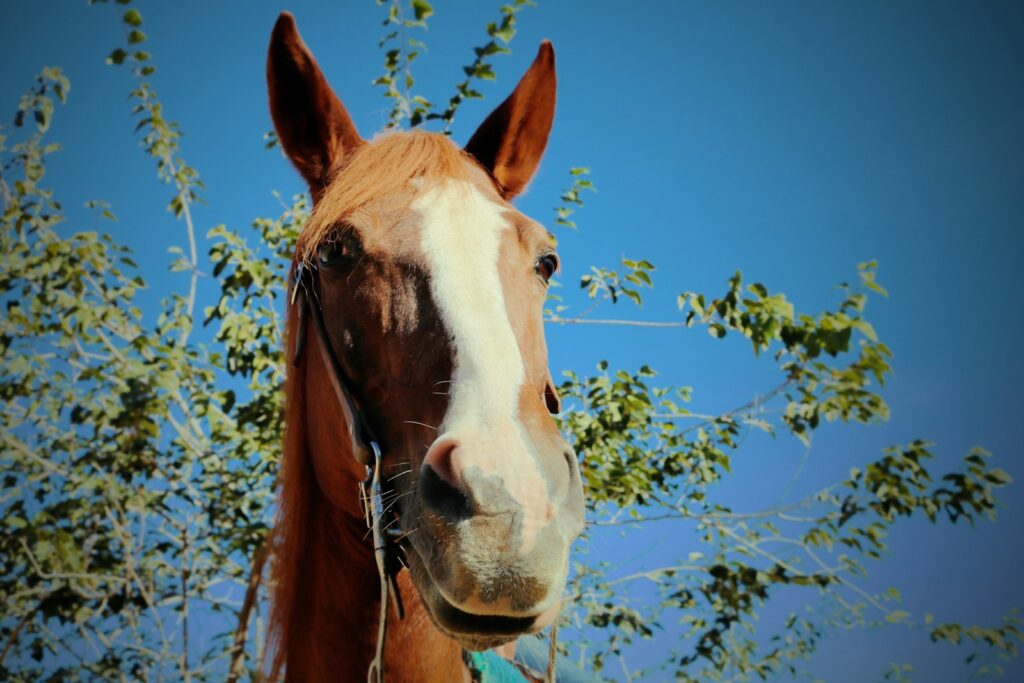
Ears function as a horse’s most visible and mobile communication system, constantly adjusting to reflect attention and emotion. Forward-facing ears signal focus and curiosity, often indicating that your horse is engaged and responsive to your cues. When the ears swivel independently, it shows the horse is aware of multiple stimuli but remains calm and unalarmed. Ears pinned flat against the neck, however, are a clear warning sign—often signaling irritation, anger, or discomfort that should be addressed immediately. The “helicopter ear” position, where one ear points forward and the other back, suggests divided attention—your horse is listening to you while staying alert to something else nearby. By learning to read these ear positions, you can better assess whether your horse is mentally present during training and recognize early signs of frustration before they escalate into dangerous behavior.
Breathing Patterns: The Overlooked Communication Channel
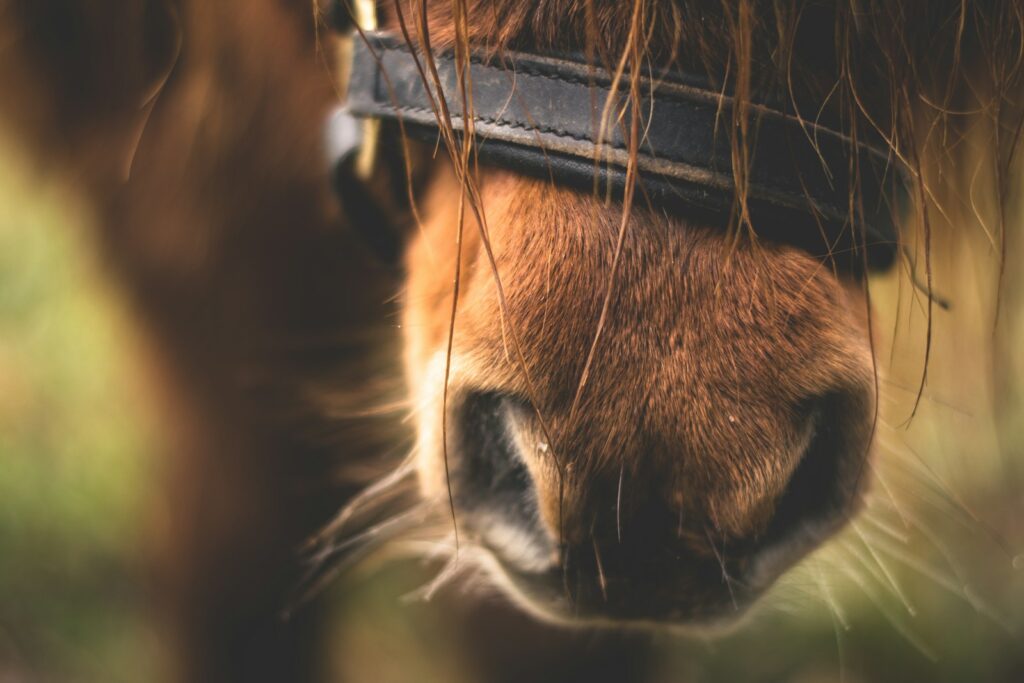
Respiratory patterns offer critical insights into a horse’s physical and emotional state during training. Calm, rhythmic breathing with gentle nostril movement indicates relaxation and appropriate exertion levels. Sharp, sudden inhalations with flared nostrils suggest surprise or fear, while prolonged flaring may signal either intense physical effort or anxiety. Holding the breath briefly often precedes flight or defensive behavior. Audible changes in breathing—such as snorting, sighing, or blowing—carry specific meanings: short snorts typically express alertness or mild concern, deep sighs often indicate a release of tension, and rhythmic blowing through relaxed nostrils usually suggests contentment and acceptance. By monitoring these breathing patterns, trainers can make real-time adjustments to keep sessions productive and stress-free.
The Alert State: Recognizing Interest Versus Anxiety
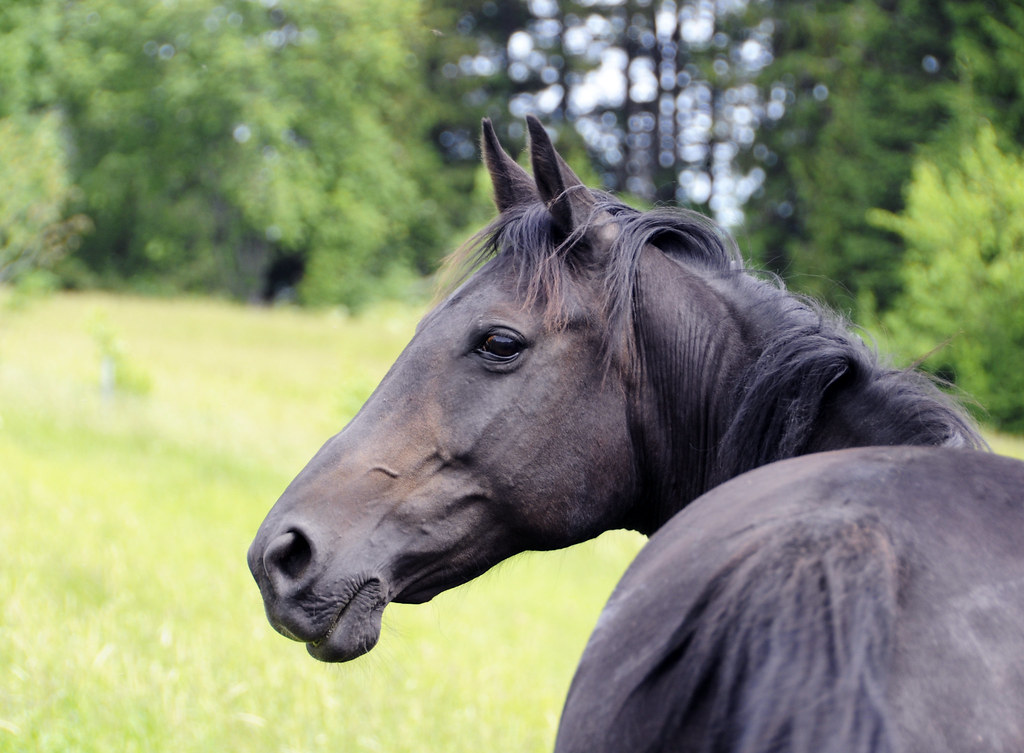
Distinguishing between productive alertness and counterproductive anxiety requires evaluating multiple signals at once. A positively alert horse typically shows pricked ears, bright eyes with normal pupil size, a raised head held at a natural angle, and steady breathing. In contrast, an anxious horse may appear similarly alert but with key differences: overly wide eyes, tense facial muscles, an elevated head position, and shallow, irregular breathing. The quality of movement also helps differentiate the two—interested alertness produces fluid, controlled motion, while anxiety results in stiffness or jerky movements. Recognizing these distinctions allows trainers to harness productive alertness while addressing anxiety before it disrupts learning. This becomes especially important when introducing new exercises or environments, where healthy alertness supports learning and anxiety can undermine it.
Fatigue Indicators: When to End Your Training Session
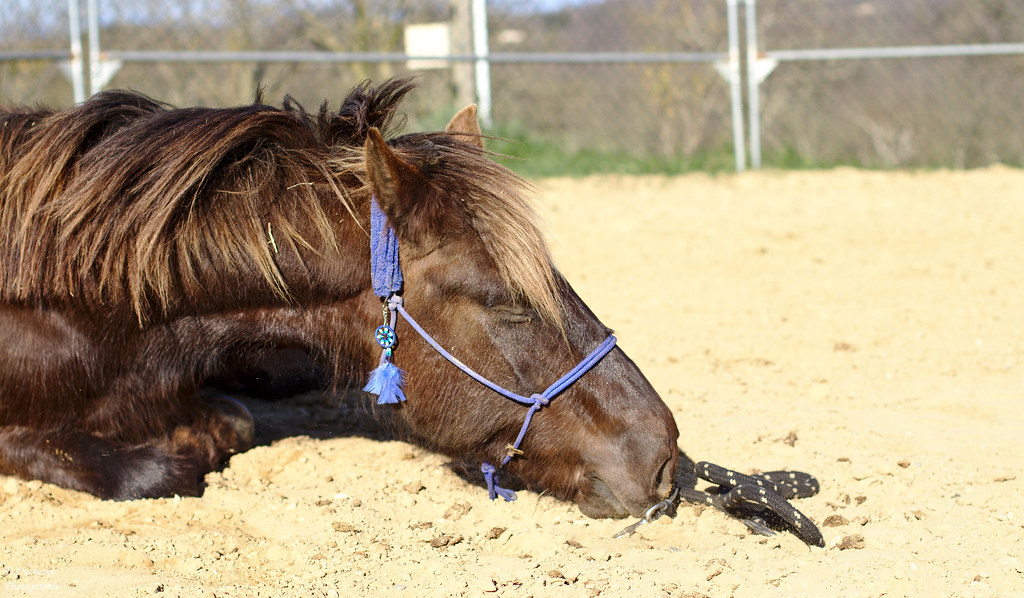
Recognizing both physical and mental fatigue is essential to prevent overtraining and related behavioral issues. Physical exhaustion shows up as labored breathing that doesn’t return to normal quickly, excessive sweating out of proportion to the work performed, and a progressively heavier head carriage. Mental fatigue is more subtle, marked by dull eyes, slower responses to cues, less active ear movement, and increasingly inconsistent performance. A horse nearing exhaustion may also display paradoxical alertness—becoming suddenly more reactive as their usual coping mechanisms wear down. Closely monitoring these combined signs allows trainers to end sessions before reaching a counterproductive point where negative associations may form. Respecting these limits builds trust and preserves the horse’s willingness in future sessions, ultimately accelerating training rather than hindering it.
Pain Versus Resistance: Critical Distinctions
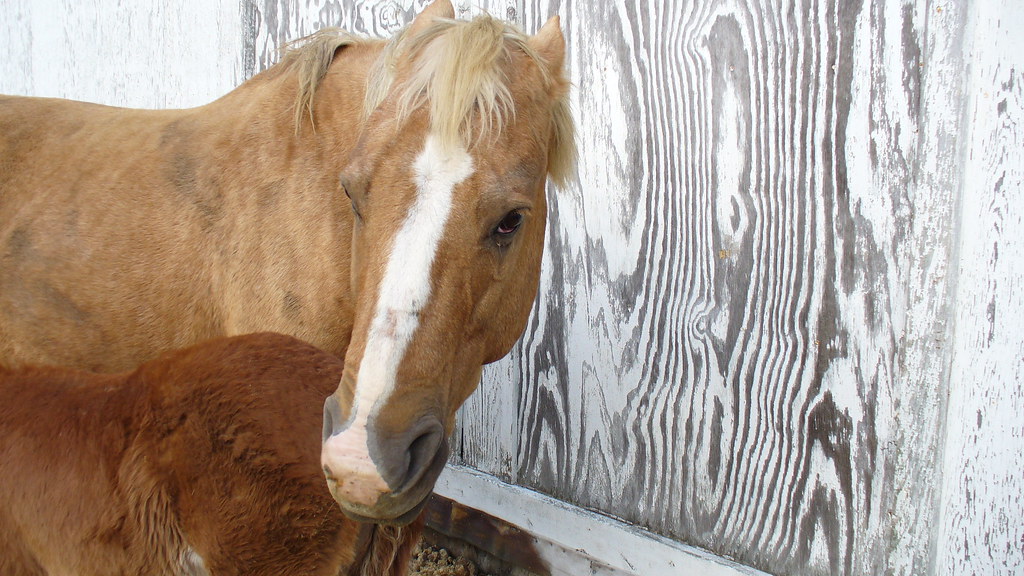
Differentiating between pain-based reactions and behavioral resistance is one of horsemanship’s greatest challenges. Pain responses typically include consistent reactions to specific stimuli—such as pinned ears and tense facial muscles when certain areas are touched or specific movements are requested. The eyes often show tension through a fixed stare or visible sclera, while breathing may become shallow or held. Behavioral resistance, by contrast, tends to present inconsistently, varies with context, and often escalates gradually throughout a session. When in doubt, it’s safest to assume the possibility of pain and investigate with a veterinary assessment. Misinterpreting pain signals as mere defiance is a common training error that damages trust and often creates new behavioral problems layered over the original physical issue.
Subtle Signs of Acceptance and Understanding
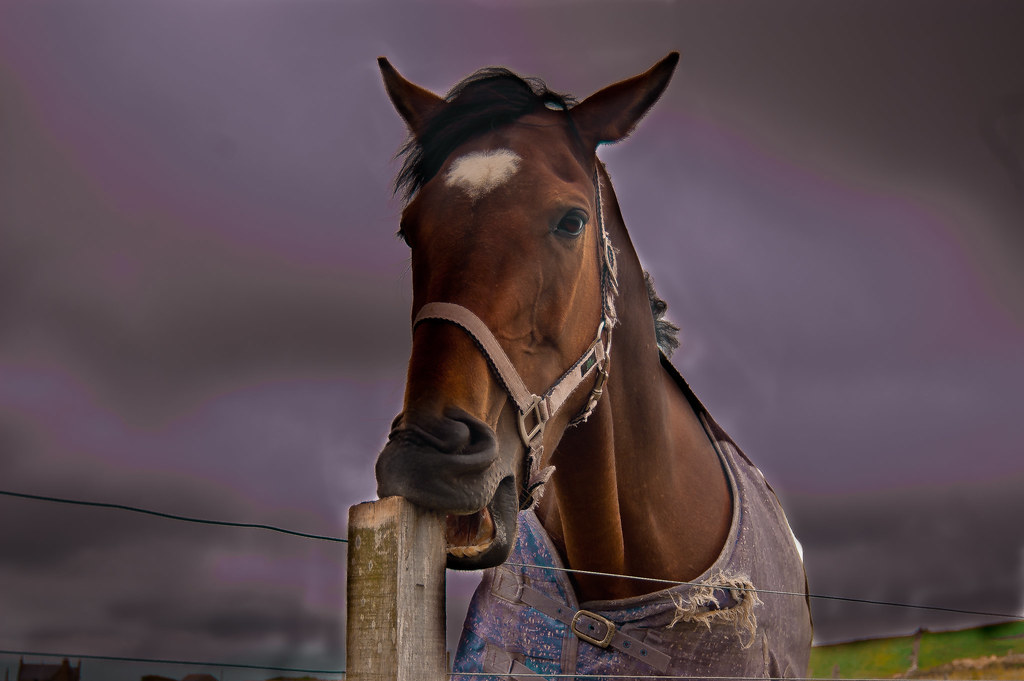
Recognizing when a horse truly understands and accepts a training request requires attention to nuanced cues. A softening around the eyes—resulting in a sleepy or gently blinking expression—often signals that the horse is processing and accepting information. The lower lip may relax, sometimes accompanied by slow, rhythmic chewing unrelated to feeding. Ears may shift from alert positions to a more neutral carriage, occasionally flicking gently as the horse processes input. Breathing typically deepens and evens out, often culminating in a pronounced exhale or sigh—a “release” many trainers see as a hallmark of understanding. These subtle signs are ideal moments to conclude an exercise or training session, as they mark the horse’s mental and physical integration of the lesson.
Fear Responses: Identification and Management

Accurately recognizing fear-based responses helps prevent dangerous escalations and protects training progress. Early signs of fear include a raised head, wide eyes with visible whites, rapid ear flicking, and increased respiration with flared nostrils. As fear intensifies, breathing becomes irregular, muscles tense visibly—especially around the muzzle and eyes—and the tail often clamps downward. A frozen stance with held breath often precedes explosive movement. When these signs appear, reduce pressure immediately by creating space, lowering your energy, and simplifying your requests. Pressing forward despite fear signals typically leads to lasting negative associations and increases the risk of unsafe behavior. The most effective approach is to acknowledge the horse’s concern, offer reassurance through calm, consistent handling, and break challenges into smaller, more manageable steps.
Concentration Signals: Optimizing Learning Moments
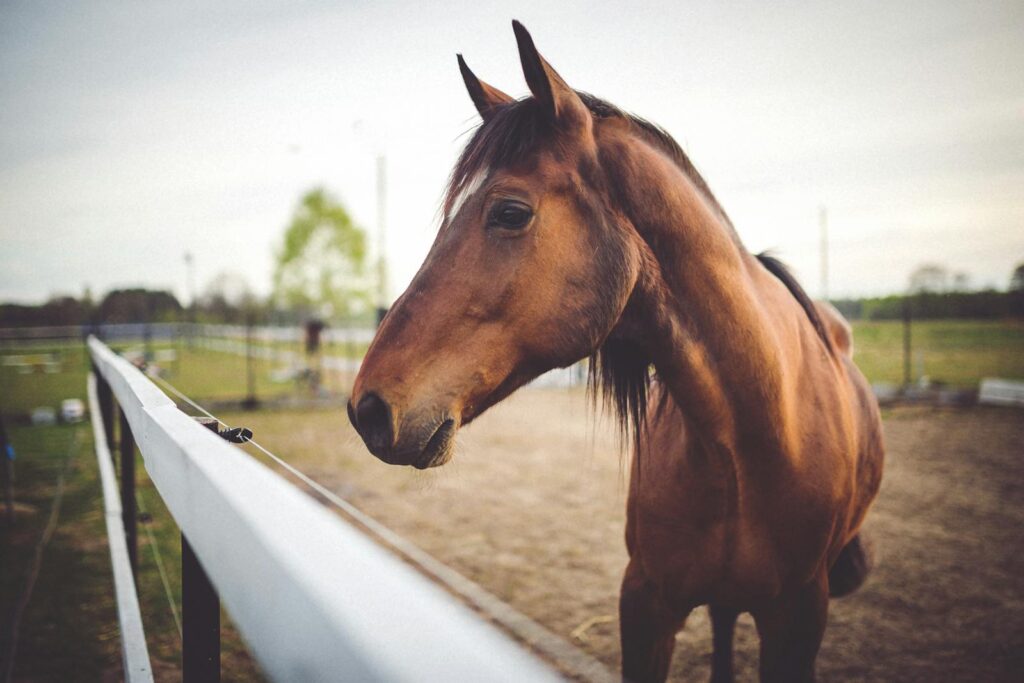
Identifying moments of peak concentration allows trainers to maximize learning opportunities. A focused horse typically directs its ears toward the handler or relevant stimulus and maintains a steady, engaged gaze. The head remains at a natural height—neither too high nor too low—while breathing stays regular, though it may slow slightly as attention intensifies. The body shows a balanced readiness—poised but not tense, relaxed but not disengaged. These moments offer ideal teaching windows when new information is most likely to be absorbed and retained. Skilled trainers recognize these states and introduce new concepts or more complex tasks during these windows, followed by a clear release and reward when the horse responds correctly.
Combining Signals for Accurate Reading
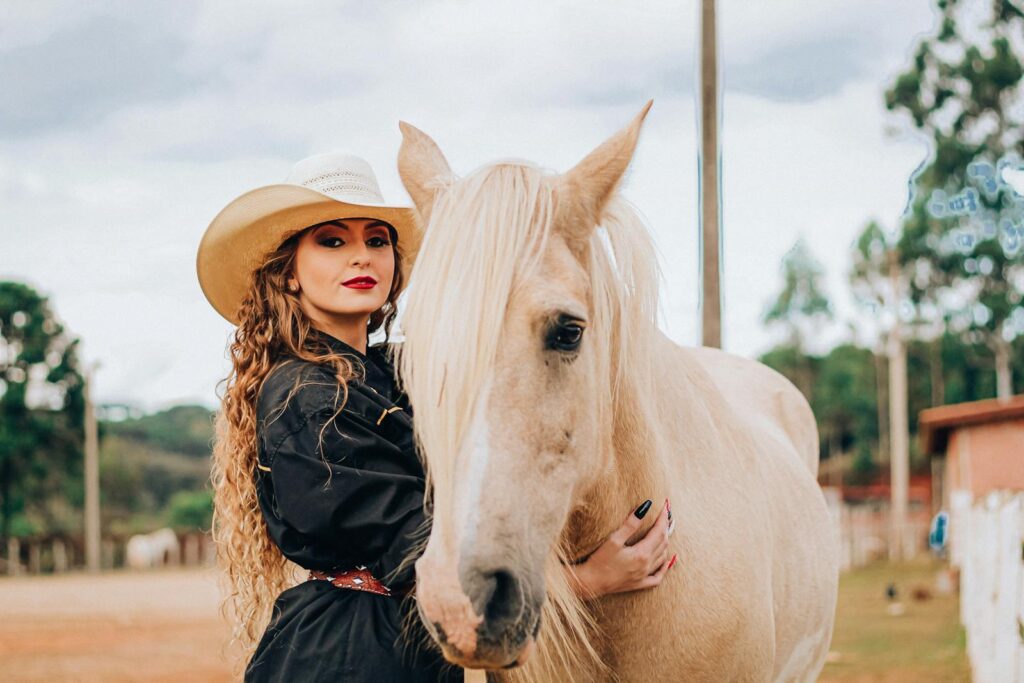
Accurate interpretation of equine communication requires reading multiple signals together rather than in isolation. For instance, pricked ears paired with relaxed eyes and steady breathing usually indicate interest, while the same ear position alongside widened eyes and quickened breathing may suggest vigilance or unease. Context is equally important—behaviors that raise concern in a familiar arena may be perfectly normal in a novel environment. Developing this integrated skill begins with focused observation of a single signal, like ear position, and gradually expands to include others. Many experienced trainers keep simple journals of observed signals and related behaviors to identify patterns unique to individual horses and accelerate their learning curve.
Creating a Communications Baseline
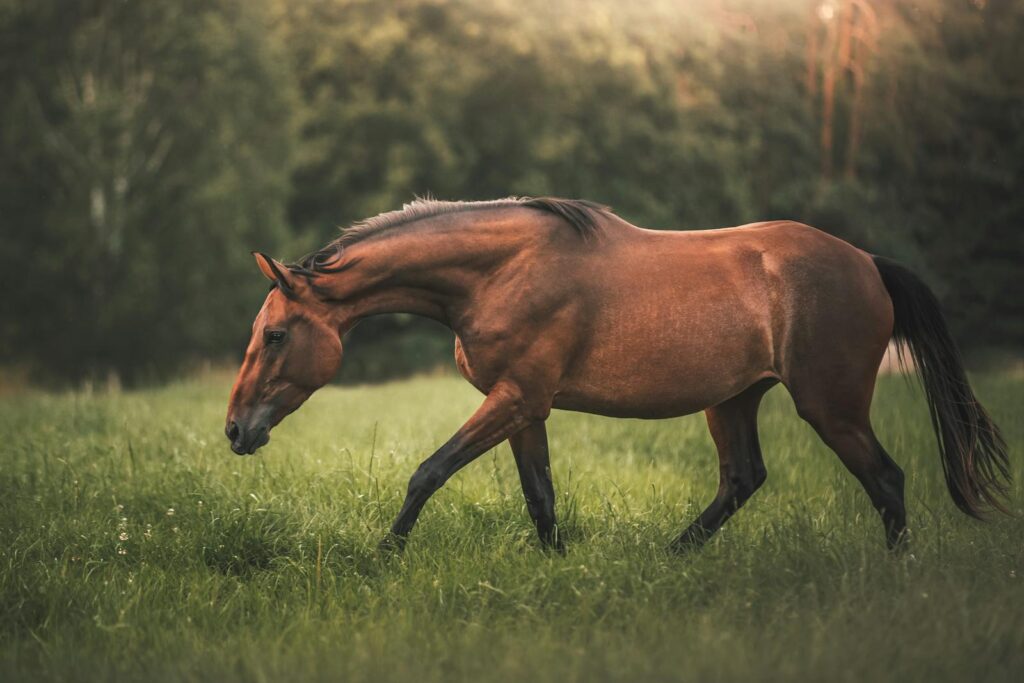
Establishing each horse’s unique communication baseline dramatically enhances interpretation accuracy. Start by observing your horse in relaxed settings—grazing, resting, or standing quietly in a familiar stall. Note their usual ear positions, eye softness, blinking rate, and breathing patterns when calm. Then observe these same indicators during various activities, from grooming and groundwork to riding and loading. This individualized profile helps identify subtle deviations that could signal either emerging issues or heightened receptiveness. Some horses naturally hold their ears in positions that might signal tension in others, or blink more or less frequently than average. Recognizing these personal norms helps prevent the misinterpretation of natural traits as training problems.
Applying Your Reading Skills to Training Progression
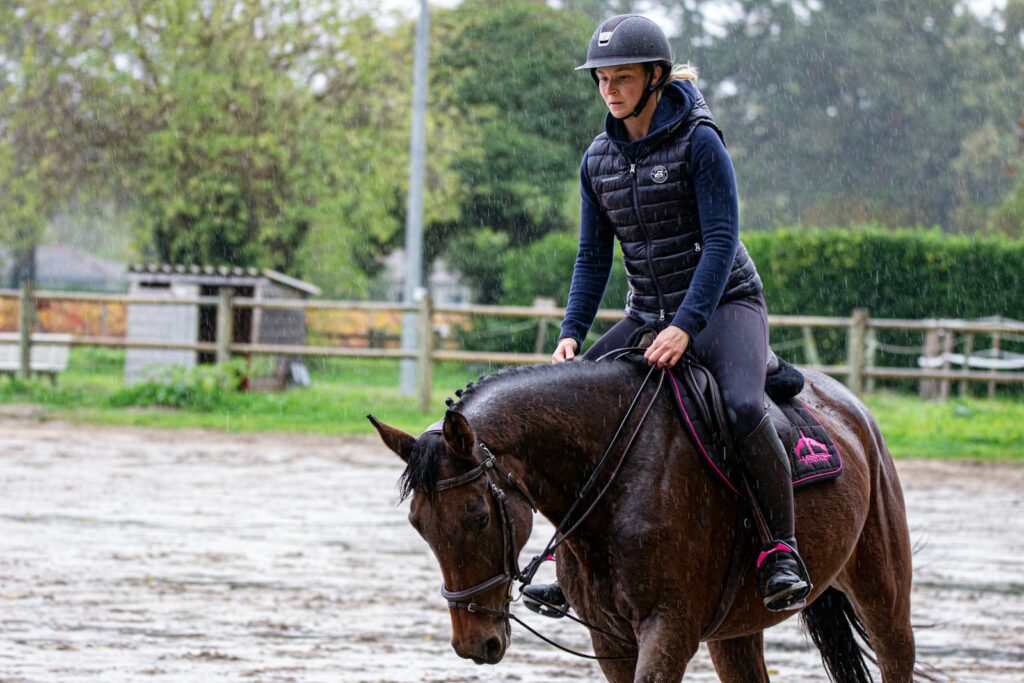
Translating these communication skills into practical training decisions will elevate your effectiveness as a trainer. Begin each session with a quick check-in, assessing your horse’s physical and emotional state to adjust your plan as needed. During training, establish a habit of scanning for shifts in eye expression, ear position, and breathing without breaking your rhythm. Use what you observe to guide your approach—building on engagement, simplifying in the face of confusion, or pausing when you sense anxiety or fatigue. End sessions based on your horse’s feedback, not the clock, ideally finishing after signs of understanding and acceptance. This responsive, horse-guided method builds trust, deepens partnership, and makes learning more efficient.
Conclusion: The Evolving Conversation
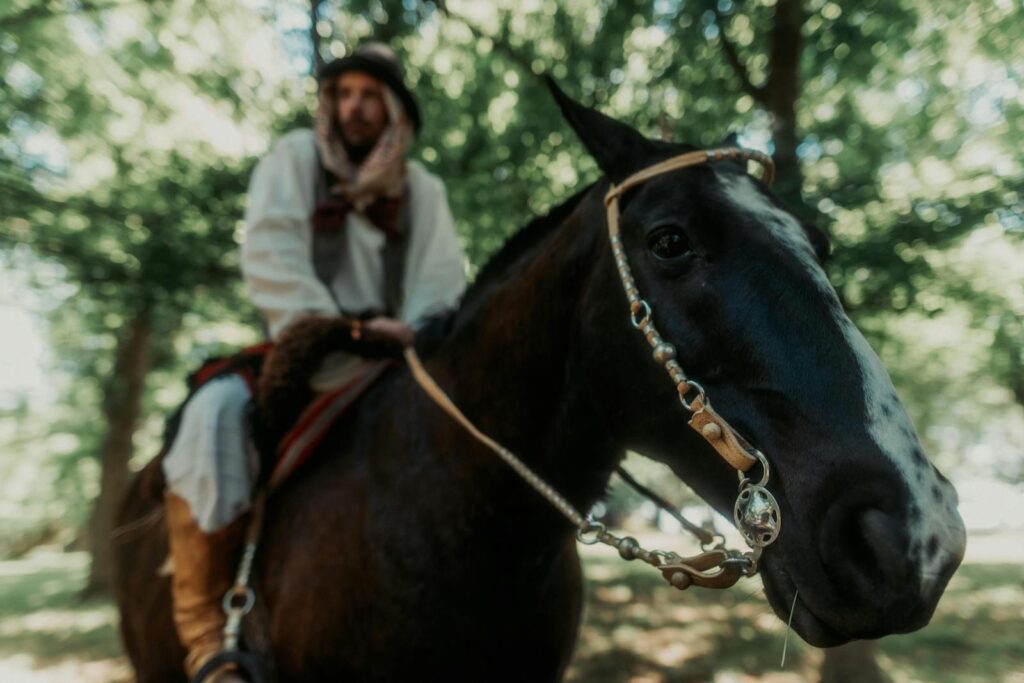
Becoming fluent in equine body language transforms training from one-sided instruction into a true conversation. As your observation skills sharpen, sessions become more productive—yielding better results with less repetition and resistance. Horses, recognizing that their signals are heard, often become more willing and expressive in turn. This communication-driven approach is more than a technique—it’s a mindset shift that honors the horse as a thinking, feeling partner. Over time, the most rewarding result emerges: a horse that actively engages in the dialogue, confident that it is understood. This is the essence of enlightened horsemanship and the foundation of every great human-equine partnership.

